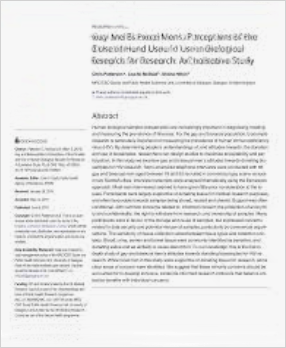Assessment of Cell Viability with Single-, Dual-, and Multi-Staining Methods Using Image Cytometry
Methods in Molecular Biology. Chan LL, McCulley KJ, Kessel SL
The ability to accurately measure cell viability is important for any cell-based assay. Traditionally, viability measurements have been performed using the trypan blue exclusion method on a hemacytometer, which allows researchers to visually distinguish viable from nonviable cells. While the trypan blue method can work for cell lines or primary cells that have been rigorously purified, in more complex samples such as PBMCs, bone marrow, whole blood, or any sample with low viability, this method can lead to errors. In recent years, advances in optics and fluorescent dyes have led to the development of automated benchtop image-based cell counters for rapid cell concentration and viability measurement. In this work, we demonstrate the use of image-based cytometry for cell viability detection using single-, dual-, or multi-stain techniques. Single-staining methods using nucleic acid stains such as EB, PI, 7-AAD, DAPI, SYTOX Green, and SYTOX Red, and enzymatic stains such as CFDA and Calcein AM, were performed. Dual-staining methods using AO/PI, CFDA/PI, Calcein AM/PI, Hoechst/PI, Hoechst/DRAQ7, and DRAQ5/DAPI that enumerate viable and nonviable cells were also performed. Finally, Hoechst/Calcein AM/PI was used for a multi-staining method. Fluorescent viability staining allows exclusion of cellular debris and nonnucleated cells from analysis, which can eliminate the need to perform purification steps during sample preparation and improve efficiency. Image cytometers increase speed and throughput, capture images for visual confirmation of results, and can greatly simplify cell count and viability measurements.

